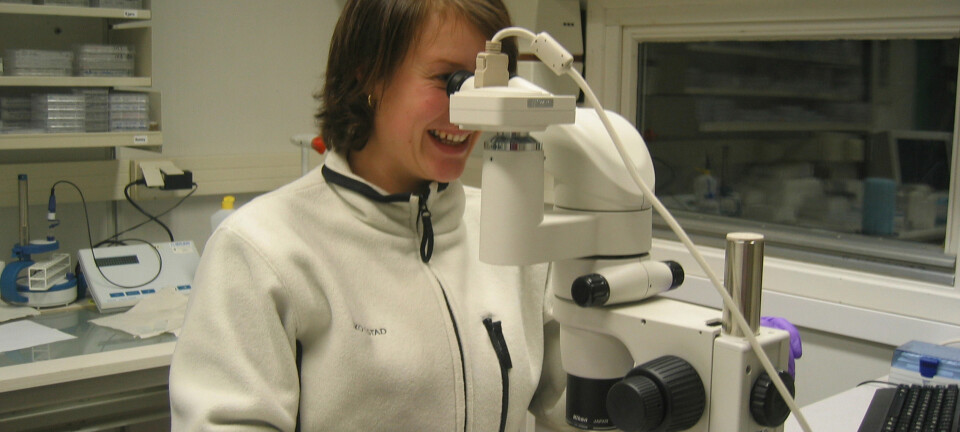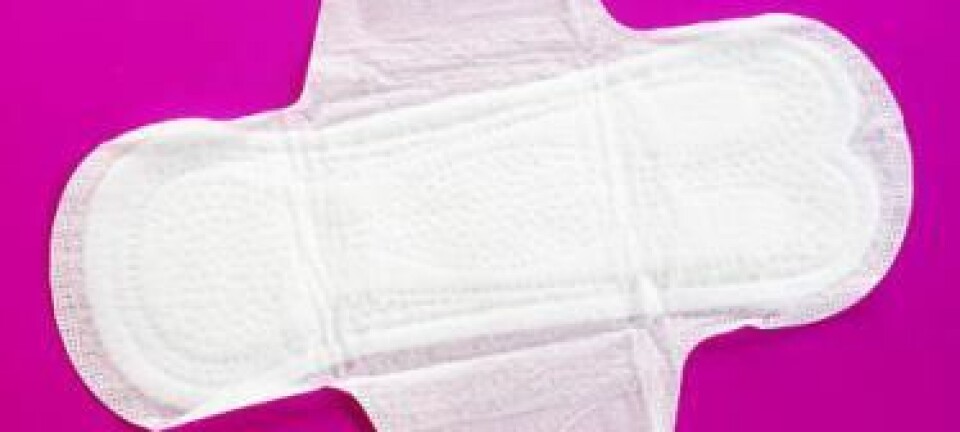
Helping adolescents build a positive body image
Young people with a sound attitude towards their own bodies have one thing in common―parents who don’t focus on physiques and appearances.
Denne artikkelen er over ti år gammel og kan inneholde utdatert informasjon.
A new study offers a unique look at how puberty changes young people’s view of their bodies.
We all know of teens who are unhappy with their bodies and the phenomenon has been well researched.
Kristina Holmqvist Gattario and her advisor Ann Frisén of Gothenburg University spent eleven years following 1,000 Swedish youth from various social strata. The young people were asked about their relationship to their bodies and looks once every three years.
At the age of ten, 20 percent of the girls and 15 percent of the boys considered themselves too fat. By age 16 the share of girls who were dissatisfied because of a perceived problem with weight had risen to 43 percent, as compared to 16 percent of the boys.

Why not help teens develop a positive attitude about their bodies?
When some of these youngsters turned 14 the researchers selected 30 kids who were particularly unhappy with their bodies and 30 who were especially satisfied.
Holmqvist Gattario paid special interest to the latter group in her PhD work.
Sports are fun
The group of kids who were satisfied with their looks and physiques shared three characteristics.
First of all, they were more concerned with what their bodies could do than how they looked.
“Most in this group were involved in sports and participate in various activities. They were well aware that exercise is healthy for their bodies. But most said they trained because they thought sports are fun,” says Holmqvist Gattario.
She also questioned the youths about their parents and home environments. She found a revealing pattern.
“Among the youths who were satisfied, there was little talk about bodies and looks. If these subjects were discussed, the topics related to things that could be changed, such as clothing or hairstyles,” she said.
“These youth had often heard from their parents that they shouldn’t be concerned about appearances, that what is essential is how they are as people.”
A third factor they had in common was a conscious and critical attitude toward the type of ideal bodies projected by the media.
Puberty problems
Puberty brings bodies and appearances into focus and both girls and boys become more vulnerable and sensitive to perceived shortcomings. But early puberty has different effects depending on gender.
“Girls who reach puberty early often have a more negative attitude toward their bodies than other girls. The situation is just the opposite for boys.”
Holmqvist Gattio thinks this is because girls gain weight at puberty. They fill out with more fat on their hips and abdomen. This means they stray further from the current ideal of being thin.
Boys who get a head start on puberty become tall and muscular, developing broader shoulders and a V-shaped torso. This means they achieve the general physical ideal for men before their peers do.
Many of the boys studied by the researchers were dissatisfied with their appearance because they were too thin and were not musclar enough. They commonly also thought themselves too short. Among the 16-year-olds, 23 percent felt they were too slim. Only eight percent of the girls felt they were too skinny.
“The predominant idols are Brad Pitt and footballers,” explains the researcher.
Parents lead the way
Holmqvist Gattio thinks there are a number of things parents and schools can do to help children develop better relationships to their own bodies.
“Parents are models for their children. The children hear and see what their parents say and do. If you as the adult stand in front of a mirror and show that you are dissatisfied with your own image, kids will pick up on that.”
Her advice to parents is to avoid talking so much about appearances, but praise your kids for how their bodies function.
It’s hard to avoid being swayed by physical ideals, which are ubiquitously displayed for all they are worth in the media, posters at the bus stop, billboards and fashion magazines, to name just a few. But the extent to which young people are affected depends on how much they adopt such social norms.
The researcher says this depends in part on what they bring to the situation from their experiences at home.
Physical Education teachers at schools can help by concentrating more on activities that kids find fun, rather than ones that pivot on performance and winning.
“The body is a tool for experimenting and exploring the world. It’s not a project for perfection. If you prefer to use it to go on walks in the woods, rather than running, that’s just as good,” says Holmqvist Gattio.
-------------------------------
Read the Norwegian version of this article at forskning.no
Translated by: Glenn Ostling

































